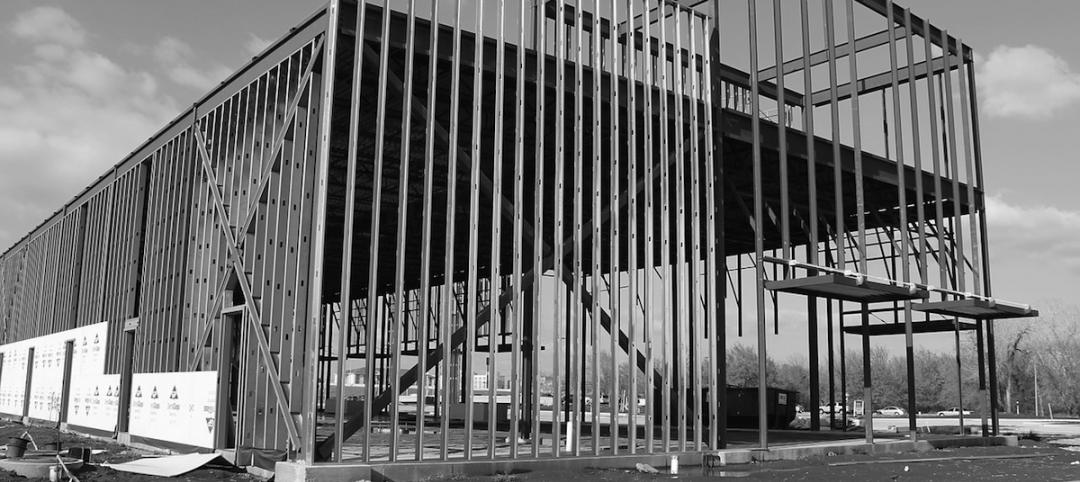The U.S. House of Representatives passed legislation that will create a voluntary energy-efficiency program modeled after Energy Star for commercial and government buildings.
President Obama is expected to sign the so-called Tenant Star law, which authorizes the U.S. Environmental Protection Agency to set up a branding, recognition, and certification program. Tenant Star is targeted for property owners and tenants who design, build, and operate leased spaces in office buildings.
Tenant Star encourages tenants, who, in some buildings, consume more than half of the power used by the building, to take measures to save energy. If the program is widely adopted, it could save landlords and tenants an estimated $2 billion by 2030 and reduce carbon emissions by nearly 12 million metric tons.
"Tenant Star will also go a long way to help ensure that U.S. buildings—and the separate spaces leased within them—are at the vanguard of technology and energy conservation,” says Anthony E. Malkin, Chair of The Real Estate Roundtable's Sustainability Policy Advisory Committee and Chairman and CEO of Empire State Realty Trust, Inc. “The program will allow building owners to attract financiers, investors, and tenants in the increasingly competitive national and global markets for real estate.”
Related Stories
Codes and Standards | Jun 24, 2015
Balcony collapse in Berkeley, Calif., prompts an examination of codes
Dry rot and too much weight appear to be the causes of a fatal accident at an eight-year-old building in Berkeley, Calif.
Codes and Standards | Jun 18, 2015
Guides to wood construction in high wind areas updated
The guides establish prescriptive, wind-resistive structural requirements for wood-frame buildings of different sizes and shapes.
Codes and Standards | Jun 18, 2015
New document addresses school safety and security
In an effort to balance security and fire safety features within codes, standards and planning, NFPA hosted a two-day workshop, “School Safety, Codes and Security”, last December. The findings are now available in an NFPA report.
Codes and Standards | Jun 18, 2015
Two myths regarding NFPA 101 Life Safety Code debunked
NFPA life safety engineer Ron Coté settles the debate over second egress doors and exit signs.
Codes and Standards | Jun 18, 2015
How to prevent corrosion in sprinkler system piping
The technical committees responsible for NFPA 13, Installation of Sprinkler Systems, have been looking at ways to eliminate or reduce corrosion in sprinkler systems for several revision cycles.
Codes and Standards | Jun 11, 2015
Steel Framing Alliance updates ‘Thermal Design and Code Compliance for Cold-Formed Steel Walls’ design guide
Includes results of new tests and addresses IECC and ASHRAE compliance paths.
Codes and Standards | Jun 11, 2015
Helena, Mont., may charge commercial developers a fee to fund public art
The fee would apply to new construction or alteration of nonresidential buildings of at least 20,000 sf.
Codes and Standards | Jun 11, 2015
DBIA releases new document on choosing a project delivery method
Provides owners and others with factors to consider when choosing the best method of delivery for their project.
High-rise Construction | Jun 5, 2015
Japanese policymakers discuss mandate for toilets in elevators
This quirky-sounding building code is a safety measure for the earthquake-prone nation.
Codes and Standards | Jun 4, 2015
OSHA publishes guide to restroom access for transgender workers
The guide advises employers to allow employees to use restrooms that correspond to their gender identity.
















